History of Memorialization
Around the world and throughout time, people have desired to remember those whom they loved and respected by recording their history. They kept their deceased loved ones alive by building monuments. The word “monument” itself came from the Latin word “monere,” meaning “to remind.” When memorial art began, it was little more than stones stacked over a grave for protection. Early monuments were made of natural materials such as wood, bone, and native stones. The truly enduring monuments were made from rock.
As monument builders perfected their art, the results of their efforts became larger and more elaborate. A craft was born which boasted such artisans as Michaelangelo and Bernini. The Great Pyramids of Egypt, built about 2500 B.C., are splendid examples of burial tombs and memorials. Other famous monuments and statues began to be created as the art expanded. One of the possibly most famous metal monuments, the Colossus of Rhodes, was created by bronze. This monument to Apollo and stood almost 120 feet high until an earthquake in 227 B.C.
The term mausoleum was given to all above-ground tombs similar to the one built to hold Mausolus of Caria of ancient Asia Minor who died in 353 B.C. As times progressed, more extravagant memorials have been designed. The Taj Mahal in India was built in 1648 as a mausoleum for the deceased wife of the emperor. Today, there are numerous famous monuments around the world from the Washington Memorial and Mount Rushmore to the countless memorials of fallen soldiers, public servants, and historical figures. Humanity has a need to remember the past, and the most common way to remember is to build a monument that will keep legacies alive.
Monuments have become universal vehicles for commemorative expression, focusing on the accomplishments and contributions of specific individuals, while also following religious, architectural, artistic, and literary standards of the current time.
